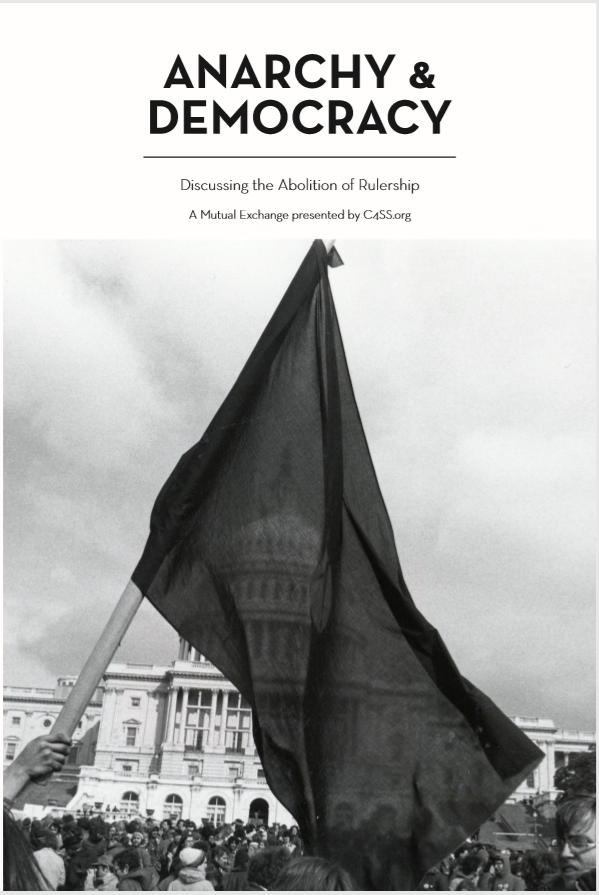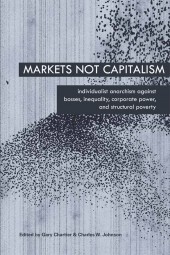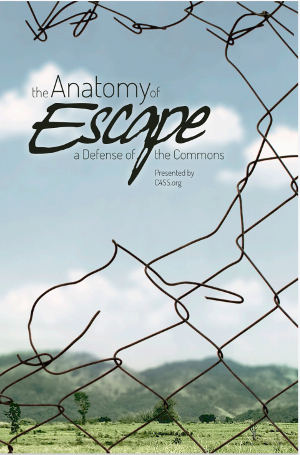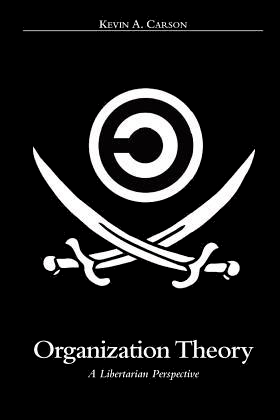I had Kim Stanley Robinson’s Red Moon on my Goodreads to-read list for a long time, mainly because I’m a fan of his other work and the title sounded evocative. But I put off reading it time and again because the Goodreads summary didn’t give much indication of how much systemic transition figured in the plot — in fact it’s got even more of that than New York 2140 — and gave the impression it was mostly a hoodunit.
The story takes place in 2047, against the backdrop of rising unrest and crises of legitimacy in both China and the United States — in China against the perception that socialism is long dead and the state is the instrument of an oligarchy of billionaires and hereditary Party elites, and in the United States that representative democracy is similarly long-dead and the American government is owned by billionaires and corporations. As one of the characters observes, a system cannot remain in power long-term if a majority of the population it rules consider it fundamentally legitimate; the American and Chinese systems lasted as long as they did for that reason. But both the United States government and Chinese People’s Republic were being rocked by the greatest popular uprisings and fundamental threats to their constitutional orders in their history, because the public perceived them to have lost the Mandate of Heaven.
In the United States a Householder’s Union, very similar to the one in New York 2140 but a century earlier, has grown to claim 200 million members — many or most of whom are engaged in a strike withholding rent, mortgage, debt, and tax payments from the regime. In both the United States and China, the dissidents are mass-withdrawing money from the banks — causing bank runs, insolvency, and the immediate prospect of nationalization in the US — and putting it into a cryptocurrency called “carboncoin,” which is created by verifiably removing CO2 from the atmosphere and can be used to purchase only sustainably produced subsistence goods.
That the millions of backers of this new currency were also demanding blockchain governance only added to the worries of people in power everywhere.
“Do you understand this idea of blockchain governance?” Ta Shu asked John Semple at one point.
John shrugged. “1 think the idea is that if everyone’s got a wristpad and a connection to the cloud, everyone could participate in some kind of global governance, in which every action legal and financial would be completely documented, and recorded and secured publicly step by step and law by law.”
* * *
Blockchain governance is an algorithmically assisted direct democracy, or a representative government in which the representatives are in part algorithmic.
In the United States, at the climax of the story, nationwide demonstrations include four million people in Washington DC alone. In China, the entire Beijing region has been shut down by tens of millions people, basically everyone within a day’s walking distance swarming the capital; the state is paralyzed, simply trying to outwait the demonstrators.
The central viewpoint character is Chan Qi — or rather, perhaps, her traveling companion Fred Fredericks, whose main role is apparently to observe her on behalf of the reader. Chan is a “Party princess,” black sheep daughter of one of the members of the Politburo standing committee contending to succeed the current leader. She is also the most important underground leader of the Chinese dissident movement, mostly referred to as the New Left; its primary constituency is “the billion,” aka migrant rural laborers living and working illegally in the cities, aka the “three withouts,” and its ideology is a vaguely left-communist amalgam of neo-Maoism and liberal democracy. Their goal is for Party and state to genuinely represent the people as in the imagined past, for them to genuinely pursue an egalitarian project of socialist construction that improves lives for the destitute classes, and for arbitrary government to be replaced by the rule of law and genuine procedural guarantees. Like the American Householders Union, the New Left seeks to organize its neo-Maoist economic and political framework around carboncoin and blockchain governance.
Chan and Fredericks, like the central characters in fictional content from Shaft to Gorky Park, spend the entire novel in hiding in one place after another on the earth and the moon, fleeing an unknown enemy in a struggle of warring factions whose are largely unknown, with the help of various seeming friends whose true interests are also largely unknown.
The Chinese Party-state is riddled with a Byzantine maze of political factions, including various members of the Politburo standing committee engaged in a succession struggle, along with a host of rogue security and intelligence agencies and rogue factions within them carrying out unauthorized operations for political reasons of their own. The surveillance state itself is fractured and Balkanized, with spotty and incomplete coverage and poor coordination and collation of data between the various agencies. The main bad guys pursuing Chan and Fredericks, Red Spear, are an ultra-militant faction within a security agency, allied to the most conservative of the Politburo standing committee members contending for power.
Chan and Fredericks, meanwhile, are aided by friendly forces ranging from other candidates for succession in the Politburo Standing Committee and their allies in the bowels of various state agencies, to autonomous actors on the moon, to rogue actors within the American security apparatus.
At the moment of climax, the two most important focal points in the Chinese political maelstrom were Chan Qi, leader of the mass resistance movement, and Peng Ling, a progressive member of the Politburo standing committee who was contending to become the first woman Party General Secretary and state President, moderately sympathetic to the movement’s aims.
For most of the story Peng has aided Chan from a distance with the help of allies embedded in various bureaucratic apparatuses on the earth and on the moon — at various times having Chan and Fredericks taken into protective custody by security forces loyal to her, or securing the aid of local allies to free them from arrest from hostile security forces working with Red Spear — but the aid has been sporadic and poorly coordinated.
The catalyst who brings this loose constellation of forces together is “Little Eyeball,” an AGI programmed by an unnamed intelligence analyst sympathetic to Chan Qi and the resistance. When the analyst is arrested, Little Eyeball begins, pursuant to his prior instructions, to act autonomously in infiltrating the entire Party-state information infrastructure seeking out ways to aid the resistance on its own initiative. It swarms Party, state, and resistance actors with thousands of messages attempting to coordinate action and galvanize it in a successful direction.
As all this is happening, Peng Ling is elected to the positions of President, Party General Secretary, and Chair of the Military Commission. Chan Qi’s father, who apparently has been an ally of Peng’s for some time, is elected Premier. With the help of Little Eyeball, Peng makes contact with Chan, in hiding following a failed Red Spear assassination attempt on her lunar rover. Peng persuades Chan Qi to cooperate and attempt to calm the resistance down, in return for a promise of reforms. Chan agrees, sending out the message “People. Chan Qi here. Good work so far. Let the new leadership enact the reforms. Stay vigilant. See if the new leadership will represent us. Stay vigilant!” It’s a bit like if Wat Tyler had negotiated with Richard II, but Richard had been mildly favorable to the rebellion and acting in good faith.
As the story ends Chan Qi, still on the run from surviving elements of Red Spear lashing out in revenge, receives word that Peng has announced major economic reforms like a restoration of the Iron Rice Bowl (the guaranteed job security, with living wage and benefits, that existed before Deng’s reforms), but is backpedaling on political reforms like rule of law and dismantling the surveillance state. Meanwhile, the Householders Union has launched itself on a global scale, inducted four billion new members, and issued carboncoin stipends to its entire membership.
I enjoyed the account of the Chinese and American resistance movements in this story as much as the similar American movement in New York 2140, and the decentralized and barely statelike Martian state in the Mars Trilogy. The Martian polity in the latter series, after achieving independence, was basically a global federation of communes, direct democracies, and city-states. The basic egalitarian goals of the polity were built into the initial property rules — land was a social commons, and all enterprises were automatically worker-owned — rather than achieved through regulation. Indeed the state was more of a support platform than a state, with almost nothing in the way of positive regulatory authority; its activities consisted almost entirely of judicial enforcement of the property rules and guaranteed basic human rights. This is the kind of thing Robinson is good at writing about.
The lessons from Red Moon, for anarchists, are that the state can be usefully pressured from below, but we cannot trust it; that we should take advantage of whatever reforms it offers and build them, but continue to pressure it from below — and that we should continue acting outside it to build the kind of society we want, without asking for permission. Above all, that “revolution” is not an event, but an ongoing process that never ends.







